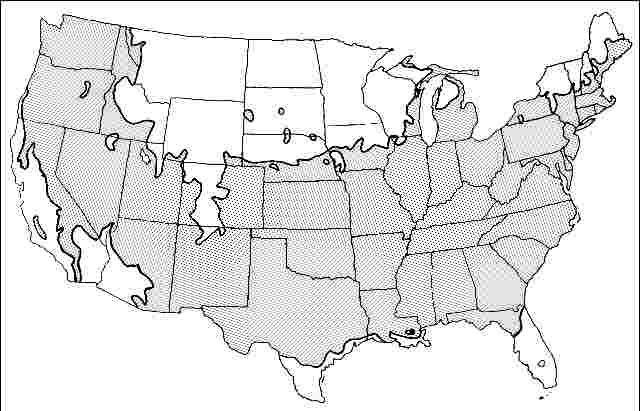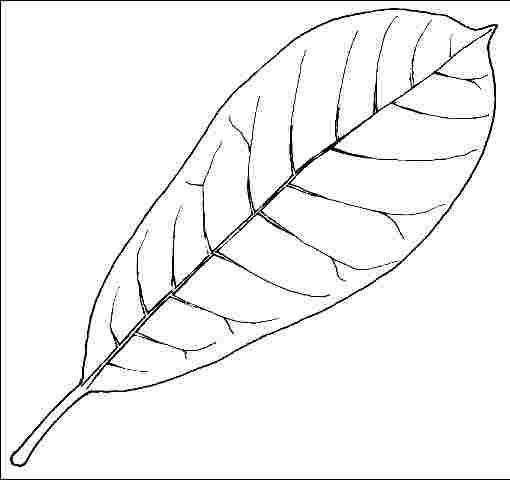Introduction
Star Magnolia is the hardiest of the Magnolias. It is a small tree or large shrub, 15 to 20 feet tall with a 10 to 15-foot spread. Typically branching close to the ground, the multi-stemmed form develops with a dense head of foliage. Star Magnolia makes a wonderful patio, lawn specimen or accent tree. Lower foliage can be removed to show off the trunk and to create more of a tree-form. Otherwise, the persistent lower branches and oval to round form lend a "large bush" look to the plant. When planted against a dark background, the branching pattern and light gray trunk on an older tree will show off nicely, particularly when lit up at night. The leafless winter silhouette looks great shadowed on a wall by a spotlight at night. The light pink flowers on this cultivar are produced in spring before the leaves appear, even on young plants. Flowers are usually not as sensitive to cold as Saucer Magnolia, but they can still be injured if cold weather arrives during flowering, as it occasionally will.

Credit: Ed Gilman
General Information
Scientific name: Magnolia kobus var. stellata
Pronunciation: mag-NO-lee-uh KOE-bus variety stell-AY-tuh
Common name(s): 'Rosea Jane Platt' Star Magnolia
Family: Magnoliaceae
USDA hardiness zones: 5A through 8B (Fig. 2)
Origin: not native to North America
Invasive potential: little invasive potential
Uses: deck or patio; specimen; container or planter
Availability: not native to North America

Description
Height: 15 to 20 feet
Spread: 10 to 15 feet
Crown uniformity: symmetrical
Crown shape: round
Crown density: moderate
Growth rate: slow
Texture: medium
Foliage
Leaf arrangement: alternate (Fig. 3)
Leaf type: simple
Leaf margin: entire
Leaf shape: oblong, obovate
Leaf venation: pinnate, brachidodrome
Leaf type and persistence: deciduous
Leaf blade length: 2 to 4 inches
Leaf color: green
Fall color: yellow, copper
Fall characteristic: not showy

Flower
Flower color: pinkFlower characteristics: very showy
Fruit
Fruit shape: elongated, irregular
Fruit length: 1 to 3 inches
Fruit covering: dry or hard
Fruit color: brown
Fruit characteristics: does not attract wildlife; not showy; fruit/leaves not a litter problem
Trunk and Branches
Trunk/bark/branches: branches droop; not showy; typically multi-trunked; thorns
Pruning requirement: little required
Breakage: resistant
Current year twig color: brown
Current year twig thickness: thin, medium
Wood specific gravity: unknown
Culture
Light requirement: full sun, partial sun or partial shade
Soil tolerances: clay; sand; loam; acidic; slightly alkaline; well-drained
Drought tolerance: moderate
Aerosol salt tolerance: none
Other
Roots: not a problem
Winter interest: yes
Outstanding tree: yes
Ozone sensitivity: unknown
Verticillium wilt susceptibility: susceptible
Pest resistance: resistant to pests/diseases
Use and Management
Star Magnolia is intolerant of root competition or dryness, and plants grow slowly, perhaps one foot per year. Plant in the full sun in a rich, porous and slightly acid soil. It is hard to transplant successfully and in the north one report suggests moving it balled and burlapped when actively growing. I suspect this means after the tender growth has hardened off. In USDA hardiness zones 7 and 8, transplant in late winter while the plants are still dormant or plant from containers at any time.
There are a few other cultivars: `Centennial' - some pink in petals; `Keiskei' - flowers purplish on the outside; `Rosea' (Pink Star Magnolia) - pale pink flowers; `Rubra' (Red Star Magnolia) - purplish flowers, darker than `Rosea'; `Waterlily' - pink flower buds, white flowers, flowers larger with narrower petals. The "Little Girl Hybrids" have an upright habit and flower later than the species, thus avoiding frost injury in most years. They include `Ann', `Betty', `Jane', `Judy' `Randy', `Ricki' and `Susan'.
Pests
Basically trouble-free although scales of various types may infest twigs and leaves. Magnolia scale is the most common scale and can be one half-inch-across. Overwintering scales can usually be controlled with horticultural oil.
Tulip-Poplar weevil (sassafras weevil) feeds as a leaf miner when young and chews holes in the leaves as an adult.
Diseases
No diseases are particularly troublesome. Magnolia may be subject to leaf spots, blights, scabs, and black mildews caused by a large number of fungi or by the bacterium Pseudomonas syringae . Leaf spots rarely require chemical controls. Rake up and dispose of infected leaves.
Canker diseases will kill branches. Cankers on branches can be pruned out. Keep trees healthy with regular fertilization and by watering in dry weather.
Verticillium wilt may cause death of a few branches or may kill the tree. Prune out dead branches and fertilize regularly.